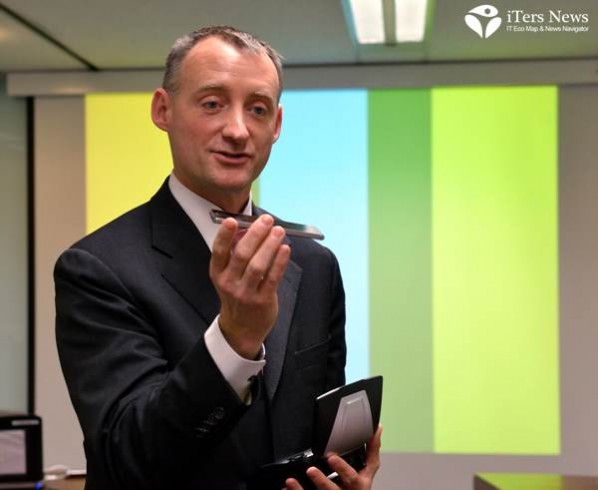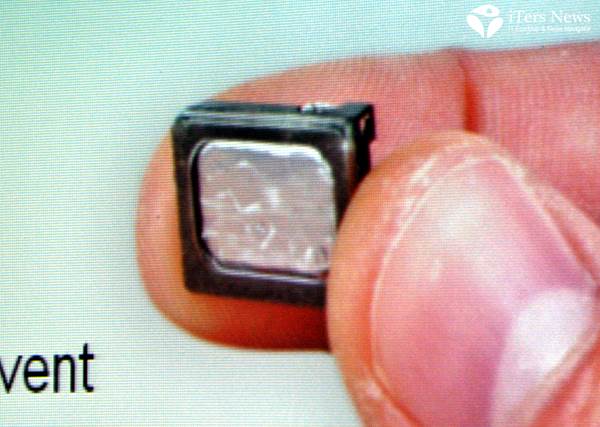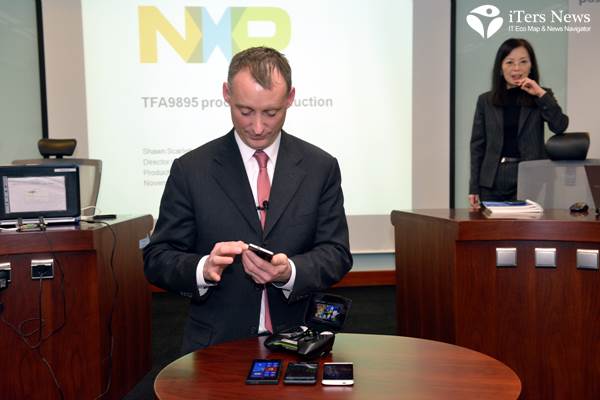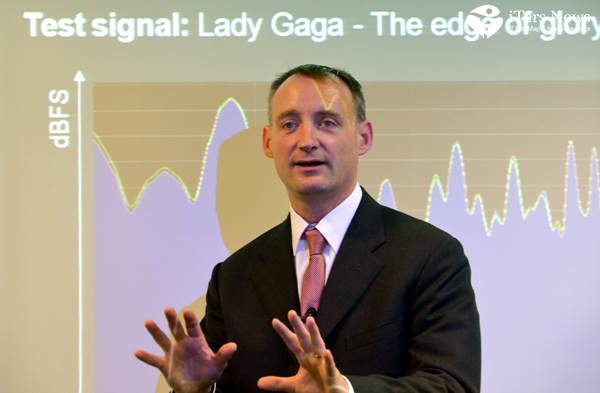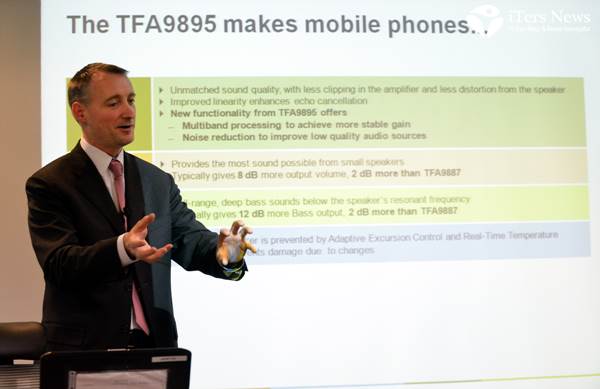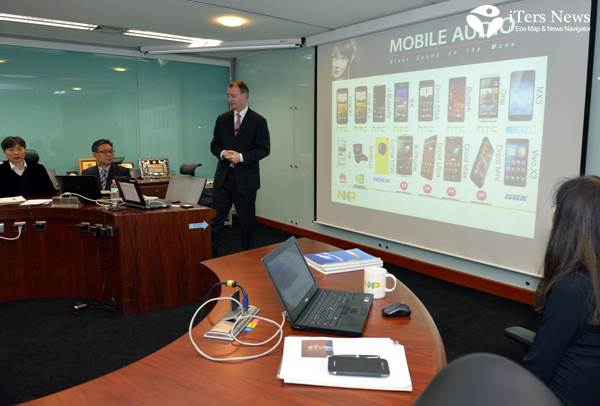(iTers News) - The mantra of contemporary digital electronics is that small is beautiful. When it comes to micro speaker systems of portable devices like smart phone and portal game consoles, however, that’s not the case any longer.
Smart phone form factors are getting thinner and thinner, leaving less room for a micro-speaker system. The progressively smaller micro-antenna system poses tough engineering challenges on system makers, because it gets less and less audible, failing to keep up with smart phone users’ ever-increasing demand for better and more immersive sound quality.
To make their smart phone micro speaker system more vividly audible, smart phone makers have to pump up more power into the micro–speaker system, but it comes at the expense of the speaker system itself, because inputting more power risks heating up the speaker system.
In turn, excessive heat can melt the voice coil of the speaker system and rip off its speaker membrane. For example, top-tier smart phone makers have been implement over 4 voltage-carrying audio drive chip solution to drive their micro-speaker.
What’s coming more threatening is that the smaller it gets, the more vulnerable it gets to ambient environment like temperature, air flow, the sound magnitude of a play-back music, and humidity. Especially when the speak system’s frequency comes somewhere near what’s called as the resonant frequency of 800 MHz, even small power can move its diaphragm beyond its limit in what’s called as ‘excursion effects’’. The resonant frequency shifts depending on ambient temperature, ageing, blocked speaker port, and air leak in the case. When its frequency stays above the resonant frequency level, the speaker system can withstand more power without hitting
That’s where the forte of NXP’s speaker boost chip solution comes into. NXP Semiconductor has recently added one more solution to its family of TFA9897 speaker boost chip solution.
Called as TFA9895, the latest chip solution of its TFA family comes up with a multiband dynamic range compression, or DRC algorithm. The DRC is new add-on feature to its TFA family’s sophisticated algorithm for speaker boost and protection. The multiband DRC algorithm consists of a multiband compressor and a noise gate. For example, the multiband compressor can allow independent control of up to 3 frequency bands by breaking the audio signals into high, mid, and low frequency bands and treating the three bands separately. The engineering benefit is that changes in one band do not affect the signal in others. The technology innovation translates into improvements in audio quality and apparent volume as it allows the gain to remain stable in most of the signal while the protection reacts to only those portions that would be unsafe.
The TFA9895 also adds a high-frequency noise gate that improves the sound of poor-quality audio sources.
Basically, what are underlying the TFA 9895 chip solutions are the same technology building blocks as those embedded its TFA brethrens like TFA 9887 and TFA 9890.
The TFA 9887 is the industry’s first speaker boost chip solution featuring a speaker boost and protection algorithm like adaptive excursion control , real-time temperature protection, and real-time temperature protection. It comes compete with an embedded CoolFlux DSP, 3.4W class-D amplifier, current sensing, and intelligent DC-to-DC boost.
Since its first release in mid-2012, the TFA 9887 has been an overwhelming hit.
What sets the TFA 9887 family apart from other competition is that that it can sense an ambient environment around the speaker system and reference them to its built-in firmware for feedback to monitor them and then fine-tune the speaker system performance to what it senses and measures. For example, the algorithm embedded into the DSP process what it senses in real time to pump up more power when the temperature is safe and only below the resonance frequency.
So, all the family can boost up the micro-speaker system without compromising its sound quality, bass effect, and even life time. The TFA 9890 is the industry’s first speaker boost chip solution that comes up with a 9.5V boost voltage, driving 4 watts into the micro speakers.
The TFA9895 also incorporates advanced battery protection. By limiting the supply current when the battery voltage is low, it prevents the audio system drawing excessive load currents from the battery, which could cause a system undervoltage. The advanced processor minimizes the impact of a falling battery voltage on the audio quality by preventing distortion as the battery discharges.
The device features low RF susceptibility because it has a digital input interface that is insensitive to clock jitter. The TFA9895 is available in a 29-bump WLCSP (Wafer Level Chip-Size Package) with a 400 μm pitch.
(Photos and Videos by JH BAE)


